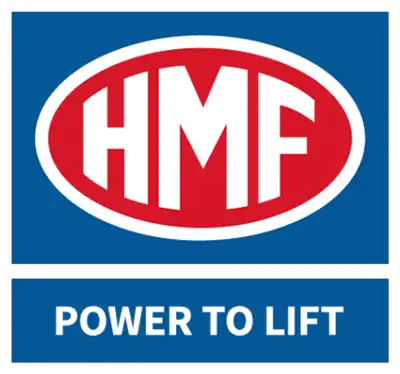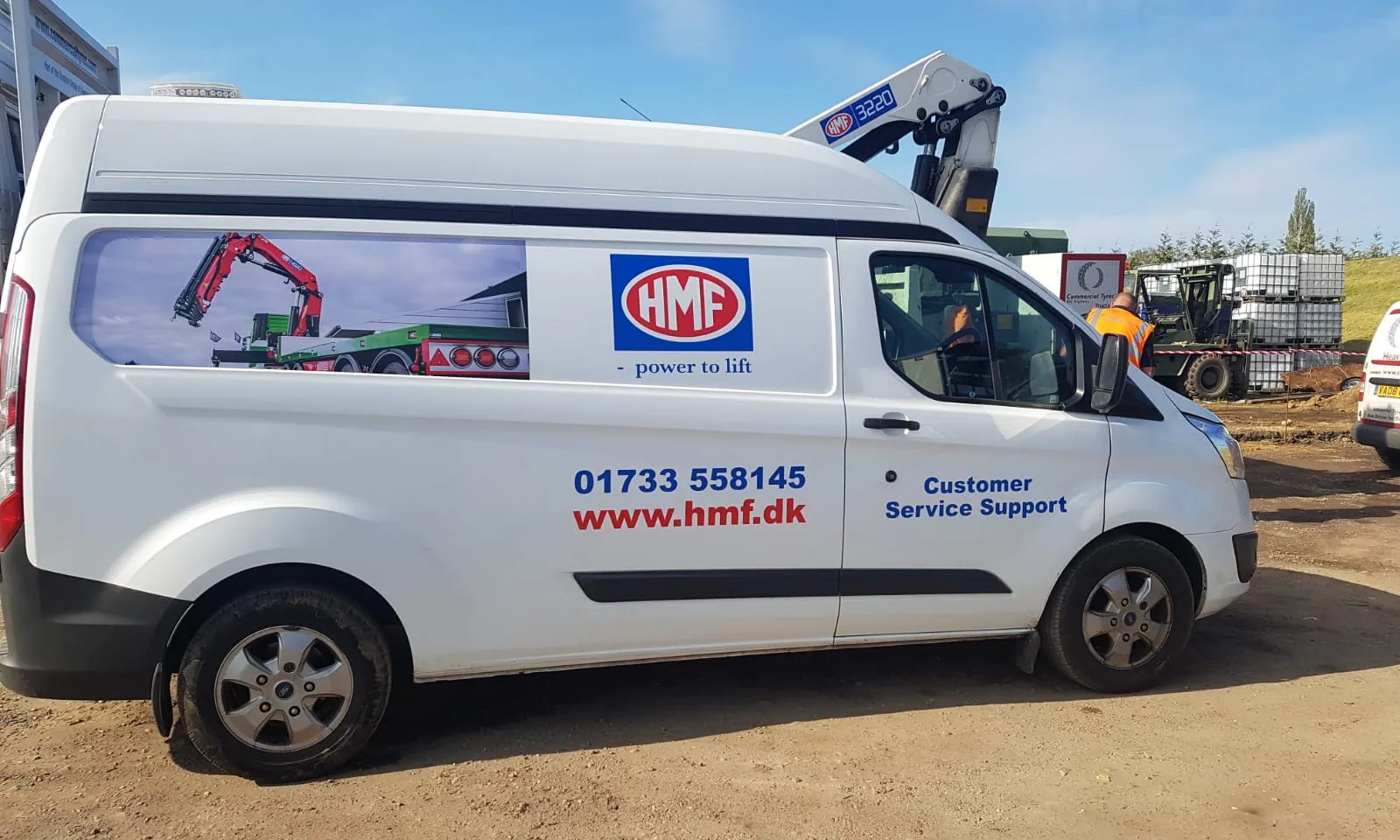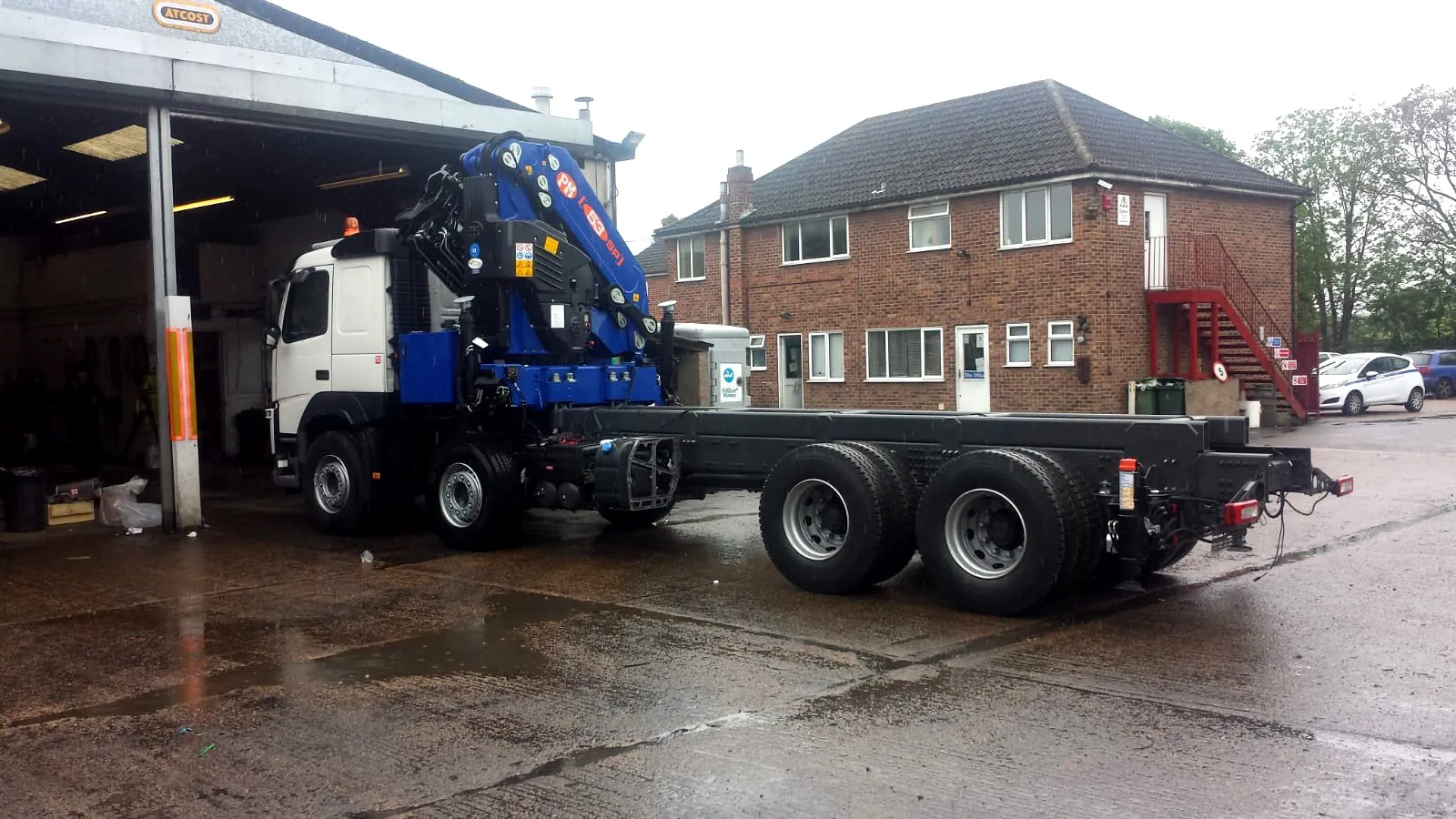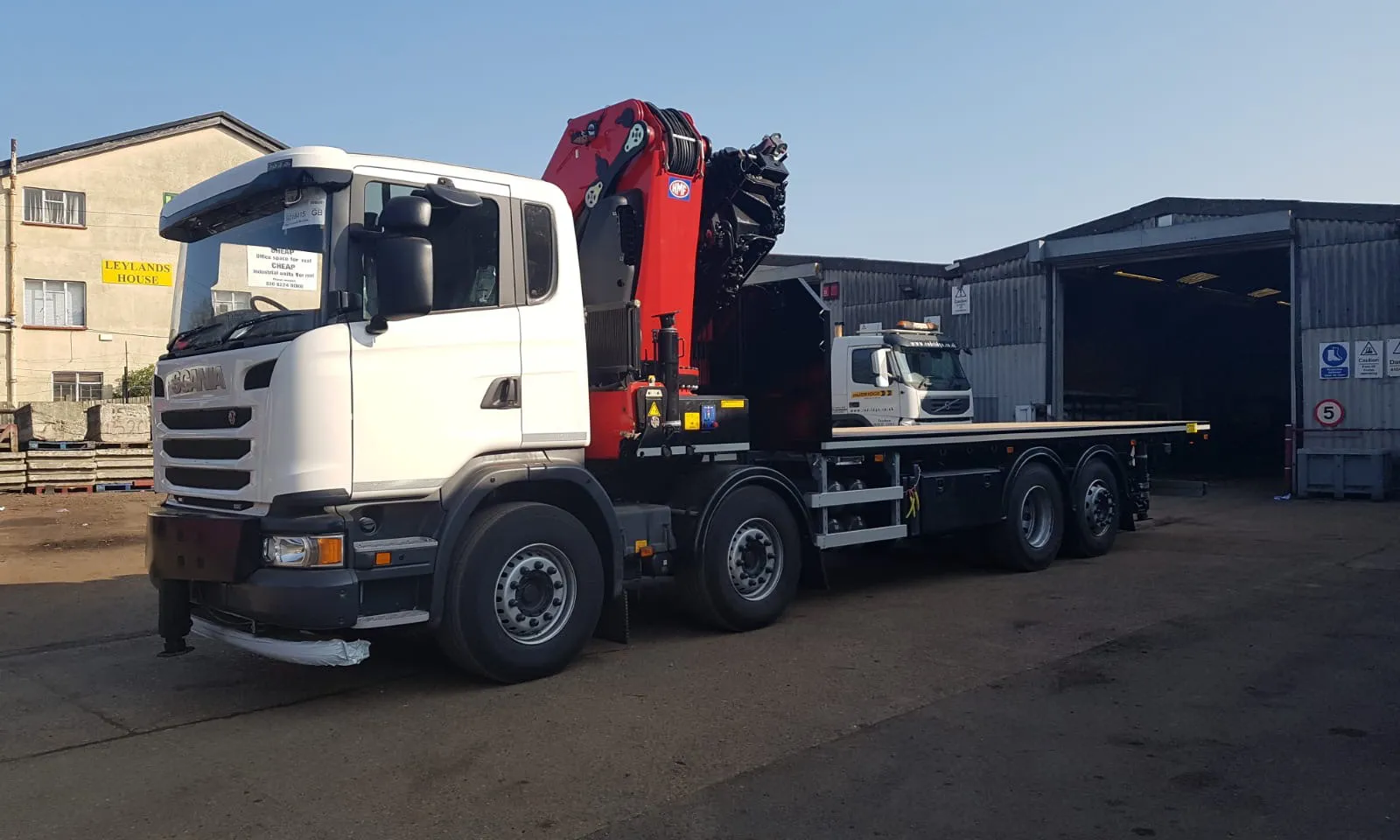
If you are an employer using a HIAB crane, it is your responsibility to maintain its safe condition. This includes having a competent person complete lorry loader testing, maintenance and repair work in line with the Lifting Operations and Lifting Equipment Regulations 1998 (LOLER). The guidelines set out in LOLER cover the planning of your lift, ensuring all personnel involved know what to do and how to use the relevant equipment properly.
At South East Cranes, we are HIAB-accredited specialists. With a team backed by over 100 years of industry experience, we are the trusted choice in:
No matter your location in the South of England, you can rely on us for lorry loader testing, maintenance, repairs and all-round safer lifting operations. In this blog, we look at how you can optimise safety when using your crane.
Performing a risk assessment before a crane operation starts identifies potential hazards you may run into. This allows you to take the necessary precautions to mitigate the chances of an accident.
Some of the factors highlighted in a risk assessment include the type of load you plan to lift, the terrain and weather as well as the people, property and other objects in the area.
As an employer, you are responsible for keeping your employees safe. This includes taking the necessary action to protect them secure when operating a HIAB. One of the most effective ways to create a safe working environment is to keep your equipment up-to-date with scheduled lorry loader testing and maintenance.
To further prevent accidents, apply a non-slip coating to areas where operators will walk. Where there is a risk of falling, use edge protection too.
Employees must have the appropriate clothing and PPE for the job they perform on site – and it’s your responsibility to issue this. Typical examples include steel toe cap boots, hard hats and high-visibility clothing, all of which help to prevent personal injury.
You must also ensure workers have protection against the environment. This usually comes in the form of warm, waterproof clothing and, in the event of dusty conditions, masks.
When planning where to place your crane, you must try to minimise the risk of personal injury or property damage. Where possible, keep your crane away from areas of the site close to where the public walk. Take the necessary steps to keep property and people out of range of an accidental strike from moving equipment or a dropped load.
In addition, you should always make your loads safe. Secure and balance them in a way that keeps them under control at all times. The load must always fall within your crane’s safe margin for operation.
LOLER outlines various requirements for lorry loader testing. For example, a competent person must inspect a crane for faults and damage prior to first use. This extends to inspections after modifications and repairs, and then at regular intervals throughout its lifecycle.
You can rely on South East Cranes as your ‘competent person’. We have the ideal blend of expertise and accreditation to meet all your testing needs. This includes providing you with a record of inspection dates and the findings.



Speak to one of our team members today or send a message by completing the form submission below
Get A Quote